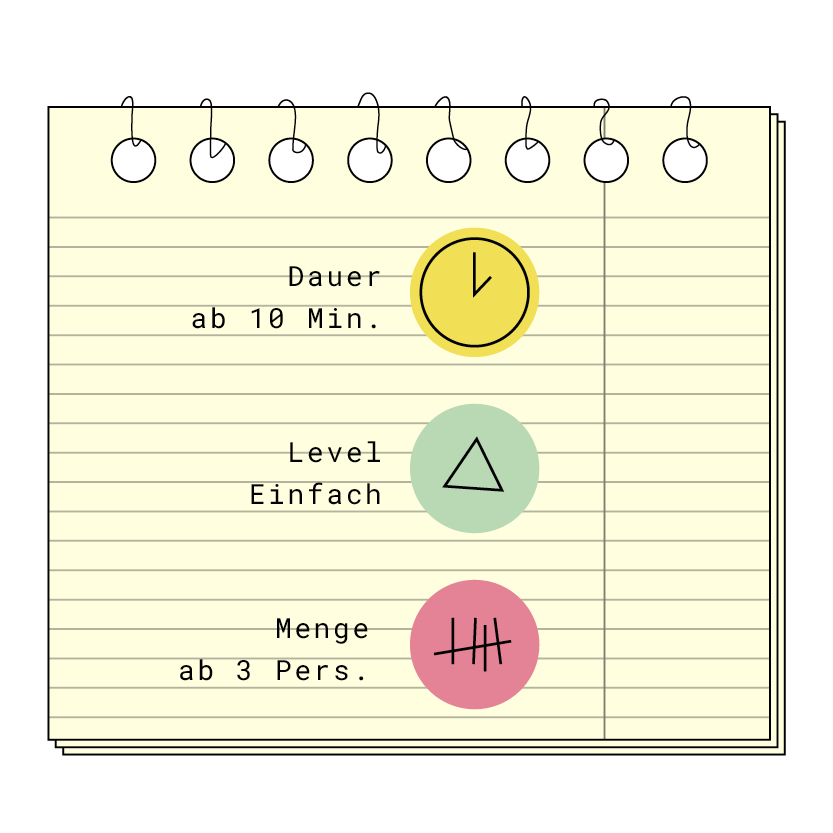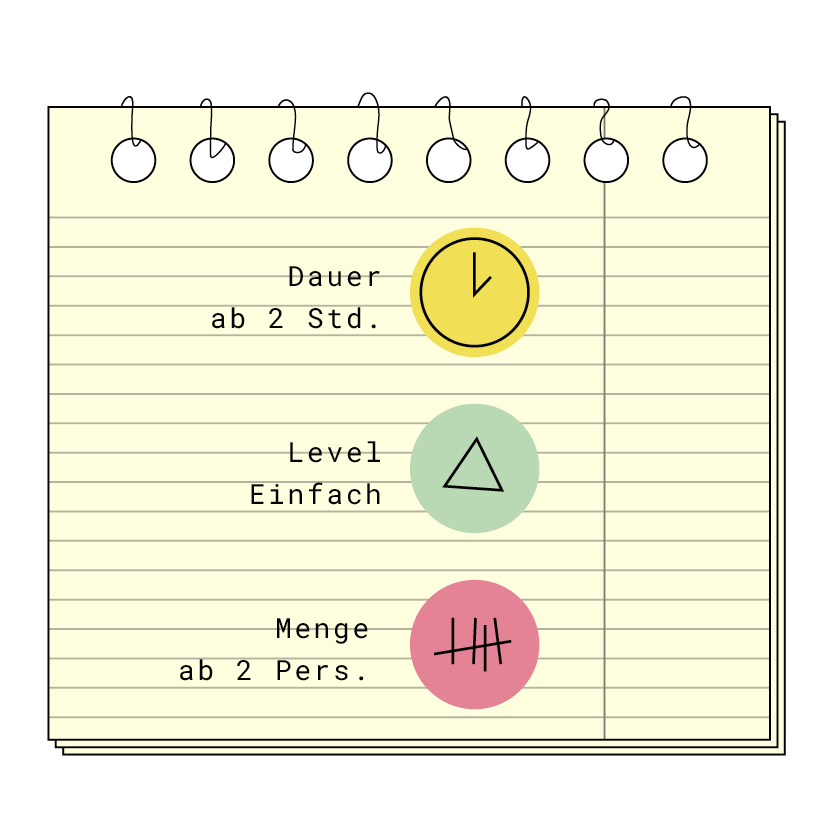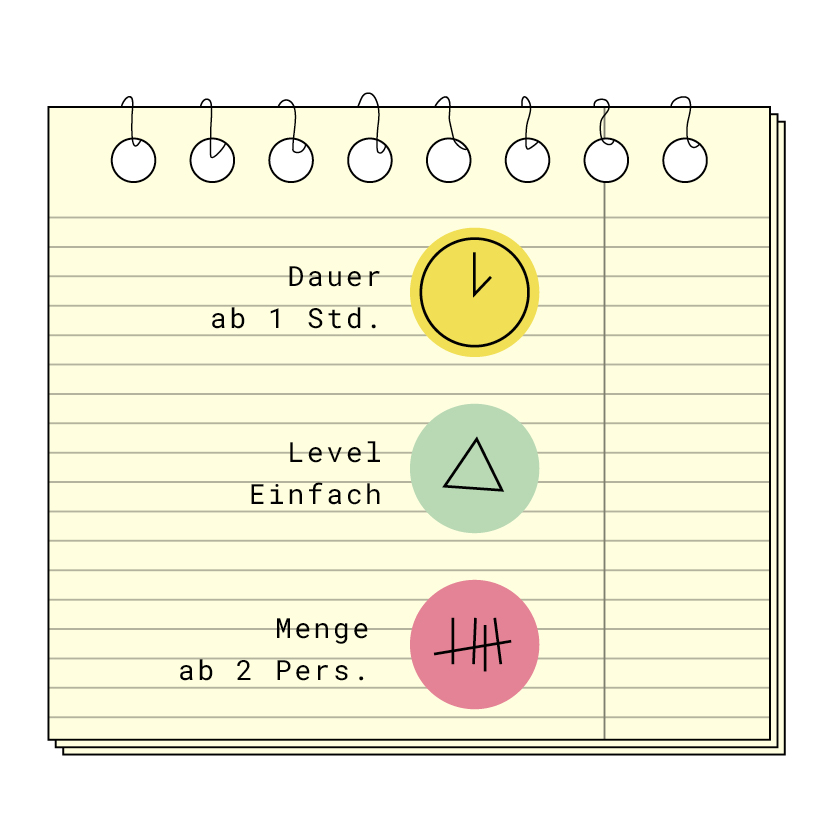* 5 min. time to start and 2 min. to end meeting
* An opening question and a closing question
* A meeting 🙂
* Colleagues:inside who are willing to give it a try.
Many spend a large portion of their time in meetings. Check-in and check-out are two simple habits that can change the way we interact and our meeting culture.
It's very simple: When we come together as a group, we start by asking each other a question, which each person then answers in turn. At the end of the meeting, we repeat the ritual with another question.
I have already experienced in many appointments how a short check-in has created a different atmosphere and I have learned new things about the others. The check-out is suitable to find a round and satisfying conclusion for the moment.
Sample questions for the start (depending on desire and assessment "dose")
How are you / are you there right now?
How am I doing today?
With what thoughts and feelings am I here?
Which animal are you right now?
Sample questions for the conclusion
How do you / are you going out now?
How was the meeting for me?
What do I take with me into the rest of the day?
Check-in and check-out is already useful for 2 people or more. Once a routine has been established, the meeting participants may even "demand" the check-in. I have often experienced this after the meeting had almost started informally, one or the other person joined, and then the request came: "Shall we check in now?" This is how a good common starting point succeeds.
There is typically not much time for a check-out - meetings are often stretched to the last minute... Nevertheless, it is worth celebrating a short joint conclusion. Often a "hashtag check-out" is suitable: Everyone says only one word. This goes really fast and is worthwhile for a round conclusion.
Have fun cooking!
Anyone who has tried or modified the recipe, feel free to comment!
This recipe is from Kerstin Seeger
